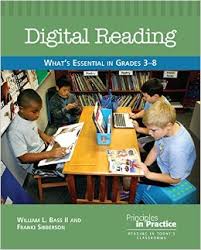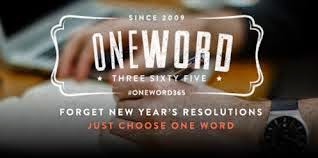Last year, I learned about #oneword365 and thought that it was the most perfect way to start 2015. I chose the word 'purpose' and stayed pretty focused on this word all year long. I was pretty mindful of keeping this word in the fore front of my mind all year and I even had the word #purpose at the end of my signature on my email.
I had been thinking for the last few weeks about what my word would be for 2016. I had some ideas. I thought about the word focus, or balance, or truth, or listen, or mindfulness, or reflection, or optimism, or persistence. I also thought about the word joy. I decided that I would let the next two weeks play out and the right word would reveal itself to me. Well, over the last two weeks the one word that keeps popping up...all the time...is joy! I see signs for joy everywhere. It's like that new vocabulary word that you teach your students or even learn yourself and then you start to see that word everywhere you look!
I have seen quotes about joy, news reports about joy, Facebook posts about joy, images about joy, I've read books that mention joy, mentions about joy on Twitter, there's even a movie entitled 'Joy' right now. The list could go on...you get the idea. I even saw an interview on a local news station about a lady who wrote a book about finding the pockets of joy in life and created a journal for people to write down their 'pockets of joy.' Guess who is going to buy this journal? :-) I also plan on getting notecards that say the word 'JOY' so that I can send little notes of joy this year. You can read about these awesome notecards here and then purchase them yourself if you are interested at http://noteworthycardcompany.com/shop.html

Joy is even listed as one of the 13 Belief Statements in the book, "The Teacher You Want to Be:Essays about Children, Learning, and Teaching" by Matt Glover and Ellin Keene. Belief 8 is Joy! The belief is stated, "... that learning is based in relationships, and that interactions between teachers, families, and students be joyful, compassionate, and authentic."
So I plan on focusing on JOY this year. At home, in my personal life, at school, in my classroom...all of these will a place to put joy into daily practice. Next week, I plan on having my students choose their own word to focus on in 2016 and I can't wait to see what THEY choose! As you enter 2016, don't forget to live life with JOY!
























